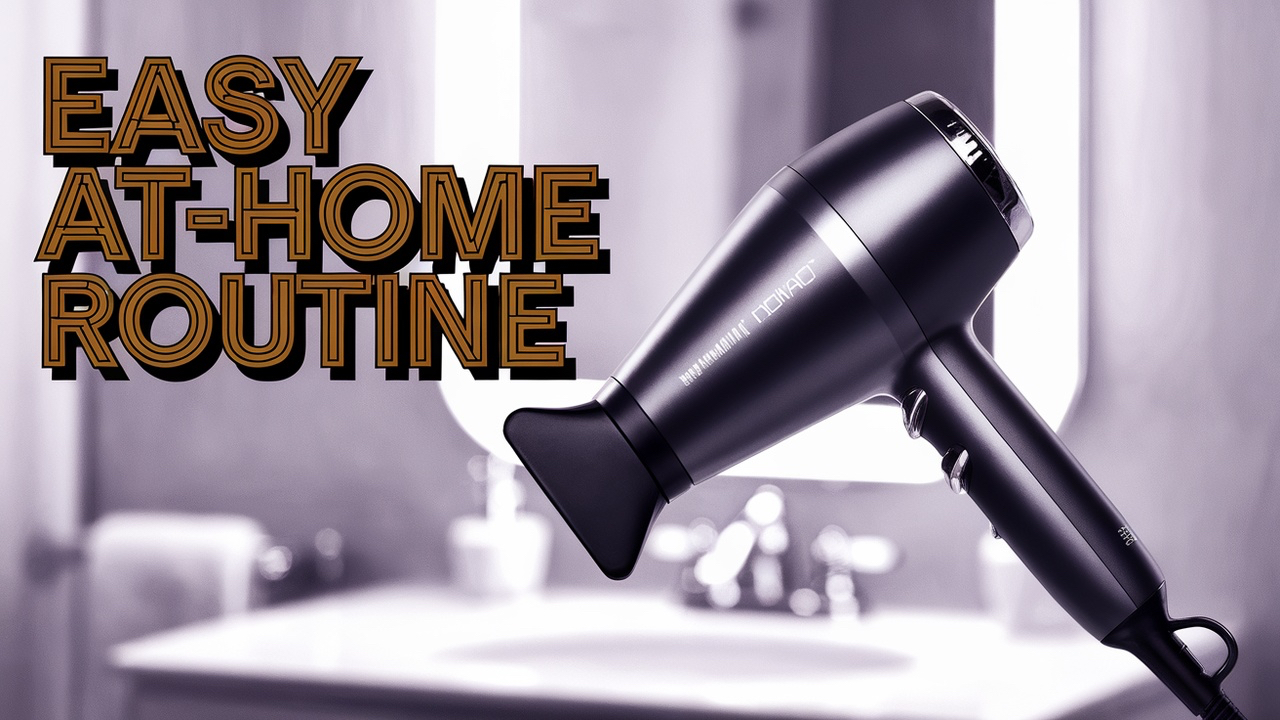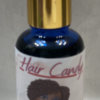Every strand of hair tells a story, and for those who choose dreadlocks, the narrative is both personal and transformative. Growing and maturing dreadlocks is about self-expression, cultural identity, and caring for your hair. It involves thoughtful preparation, consistent maintenance, and embracing changes as your locks evolve.
This article offers an all-in-one guide for anyone curious about starting or maintaining dreadlocks. Whether you are just beginning or already well into your ride, the sections below provide practical tips to help you progress confidently.
Table of Contents
TogglePicture Your Dreadlock Journey

The first step in your ride is to picture the look you want and understand what dreadlocks mean to you personally. It isn’t just about a hairstyle. It’s about a commitment to a process, a lifestyle, and making a cultural statement. Before you begin, take a moment to reflect on your motivations, hair type, and the level of care you are prepared to give.
Questions to Ask Yourself
- What is my natural hair texture and how will it react to the dreadlock process?
- What style or length do I envision for my dreadlocks?
- How much time can I realistically dedicate to the care of my hair?
- Am I comfortable with the cultural significance that comes with dreadlocks?
Goals and Vision
- Decide if you want a neat, uniform look or a more freeform style.
- Plan regular maintenance and grooming sessions to ensure your hair stays healthy.
- Keep in mind that your dreadlocks reflect your individuality.
Having a clear vision helps set realistic expectations along your ride.
Prepare Your Hair for Dreadlocks
Preparation is a vital part of building successful dreadlocks. Starting with healthy, clean hair creates the best foundation for locks that last. Taking the proper pre-care steps not only minimizes future issues but also smooths the transition into your new style.
Steps to Get Your Hair Ready
- Wash your hair with a residue-free shampoo to clear away oils and buildup.
- Trim away split ends or damaged sections to encourage stronger growth.
- Ensure that your scalp is free from irritations or infections.
- Consider a deep conditioning treatment if your hair tends to dry out easily.
Spending time to prepare your hair sets a healthy stage for forming solid, attractive dreadlocks.
Begin the Formation of Your Dreadlocks
After you’ve defined your vision and prepared your hair, the next phase is forming your dreadlocks. There are several techniques available, so choose the one that best suits your hair type and lifestyle. Whether you decide to work with a professional or handle it on your own, it’s important to start this process with care.
Techniques to Consider
- Neglect Method: Allow your hair to naturally twist and mat over time with minimal interference.
- Twist and Rip: Twist sections and then pull them apart to encourage knotting, creating an initially loose look.
- Interlocking: Use a small tool to secure new growth with mature locks for a neat and lasting style.
Each method brings its own advantages and challenges. It is important to experiment and adjust based on your hair’s natural behavior and your style preferences.
Caring for Maturing Dreadlocks
As your dreadlocks begin to take shape, proper early care is essential to prevent issues such as frizz, thinning, or an untidy appearance. Gentle and regular maintenance is key as your hair adapts to its new form.
Maintenance Best Practices
- Washing: Use only residue-free shampoo and adjust your washing routine based on your hair type.
- Drying: Pat your locks dry with a towel instead of rubbing, and avoid using high heat that could cause damage.
- Separating: Occasionally tease apart your locks near the roots to prevent them from merging too tightly.
- Moisturizing: Applying light natural oils helps keep your scalp nourished and your hair smooth.
Regular, careful care helps your dreadlocks develop a well-defined, vibrant look over time.
Overcoming Challenges Along the Way
The ride toward mature dreadlocks is not without bumps. Early on, you might experience issues like uneven sections or discomfort as your hair adapts to the new style. Recognizing these challenges early means you can adjust your routine without losing confidence.
Troubleshooting Common Issues
- Loose Dreads: If some sections aren’t locking properly, gently separate them to encourage tighter knots.
- Scalp Irritation: An acclimating scalp can react to the new process; switching to gentler products can help calm irritation.
- Overgrowth: Without regular care, locks might tangle excessively. Occasional combing or trimming can keep them in shape.
- Product Buildup: Heavy products may hinder proper formation, so choose lightweight solutions instead.
Addressing small issues quickly with simple fixes can keep your dreadlock journey on track.
Cherishing the Cultural and Personal Significance
Dreadlocks carry a deep cultural history, symbolizing resistance, spirituality, and artistic expression. For many, sporting dreadlocks is a tribute to ancestral traditions as well as a personal aesthetic choice.
Understanding the Deeper Meaning
- They connect you with ancestral traditions and natural ways of living.
- They serve as a silent yet powerful method of self-expression.
- The process of maturing your locks can mirror internal growth, symbolizing both resilience and a next-stage glow-up.
Honoring the deeper symbolism behind dreadlocks enriches your experience and fosters a personal bond with your style.
Stay Consistent and Patient with Your Journey
The ride toward fully matured dreadlocks takes time. Steady care coupled with patience ensures that your locks evolve naturally and beautifully.
Staying on Track
- Create a regular routine that includes washing, gentle separating, and moisturizing.
- Keep a journal of what methods and products work best for your hair.
- Remember that natural progression is key; trying to speed the process can affect texture and structure.
Every small improvement counts. Consistent care builds strength and definition in your dreadlocks over time.
Common Questions & Troubleshooting
How Often Should I Wash My Dreadlocks?
Many enthusiasts opt for a gentle washing routine once or twice a week. Experiment with the timing to find what keeps your hair healthy while allowing your locks to form naturally.
What If Some Sections Don’t Lock Properly?
- If certain areas remain loose, gently separate them to encourage tighter knots.
- Occasionally, a touch-up or a consultation with an expert can help achieve more uniform locks.
- Regular, patient care often resolves locking issues over time.
How Do I Prevent Dryness and Frizz?
Light natural oils and lightweight moisturizers maintain moisture without weighing down your locks. Adjust your routine and products as necessary to manage dryness and frizz effectively.
Final Thoughts & Next Steps
Dreadlocks are more than a hairstyle. They represent a personal glow-up that blends cultural heritage, artistic expression, and a commitment to natural beauty. Growing and maturing dreadlocks is a ride filled with learning experiences and thoughtful self-reflection.
Your Action Plan
- Define your vision for your dreadlocks, keeping in mind your hair type and desired style.
- Prepare your hair with proper cleansing and conditioning techniques.
- Select a locking method that suits your lifestyle and be open to making adjustments along the way.
- Establish a consistent maintenance routine that includes gentle washing, regular separating, and light moisturization.
- Address challenges early on by tweaking your approach and seeking expert advice if needed.
- Embrace the cultural heritage and personal significance that dreadlocks hold for you.
Remember, this ride is uniquely yours. There is no set pace—only the steady progress built on the small steps you take each day. Consider what simple action you can take tomorrow to nurture the locks you envision.










